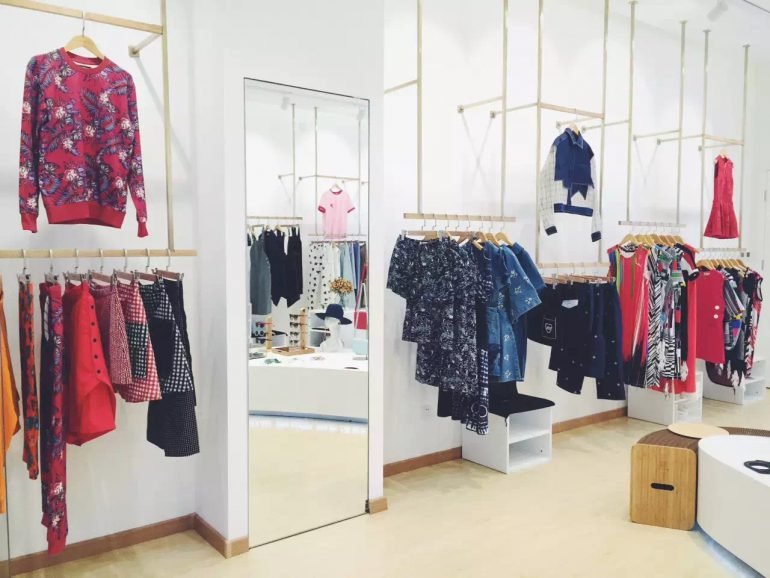A new wave of fashion boutiques in far flung cities like Wuhan, Xi’an and Guiyang are creating opportunities for brands in an increasingly competitive Chinese market.
Chinese consumers are growing weary of the monotonous mono-brand boutique experience. Seeking excitement from a more distinctive and curated brand offering, many are now turning to the growing number of multi-brand fashion boutiques emerging across China. In cities thousands of kilometres from the retail meccas of Shanghai and Beijing, charismatic and clever boutique buyers are fast changing the retail landscape.
There are several reasons for this proliferation besides consumer desire for greater variety in the offer and edit of merchandise. One obvious driver is that retailers are expanding into lesser-developed markets as first-tier city markets get oversaturated.
To understand what new multi-brand fashion boutiques are selling and why, it is important to examine key factors that Chinese customers look at when shopping for contemporary and advanced contemporary fashion — a particularly fast-growing segment of the market. The most important is ROI. Although customers accept a wide range of recommended retail price points from 1,000 RMB to 15,000 RMB (US $150 to $2,200), customers want to feel that the price is justified by brand awareness, design, and quality.
SEE ALSO: How China’s e-commerce giants are catering to online shoppers
Second, is the culture of supporting local talent while tapping into international merchandise. Amongst the newer group of Chinese multi-brand fashion boutiques, it is important to note that many have only recently added international brands to what was previously an exclusively Chinese brand assortment. It is still a learning process for some.
In this wave, we see a few different types of multi-brand fashion boutiques on the rise. The first type consists of department stores transitioning from the traditional leasing model to building their own multi-brand fashion boutiques. This is often done through buying, joint venture, or consignment models.
The second type consists of multi-brand fashion boutiques operated by large retail groups. The third type of Chinese multi-brand revolves around strong local trendsetters and key opinion leaders, like those in Chengdu, which has its own share of highly distinctive multi-brand fashion boutiques.
Collectively, China’s new wave of multi-brand boutiques are buying an interesting mix of local design, hard-to-find international designer labels and a unique edit of big luxury brands.
(Source: The Business of Fashion)




